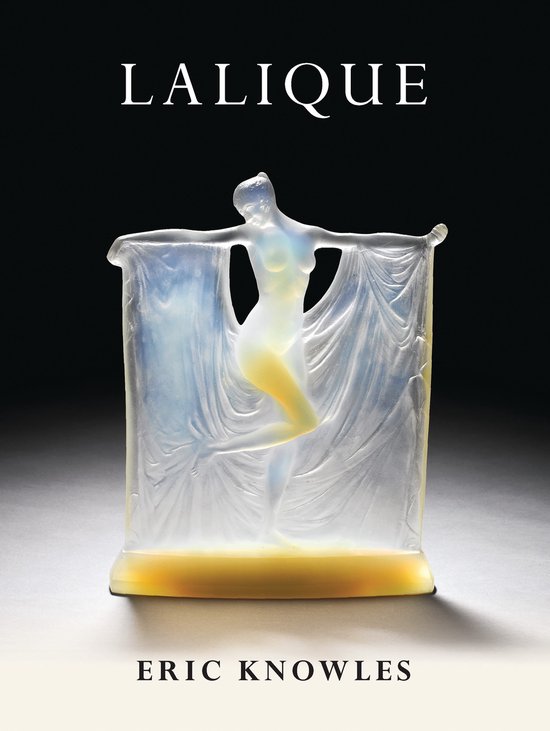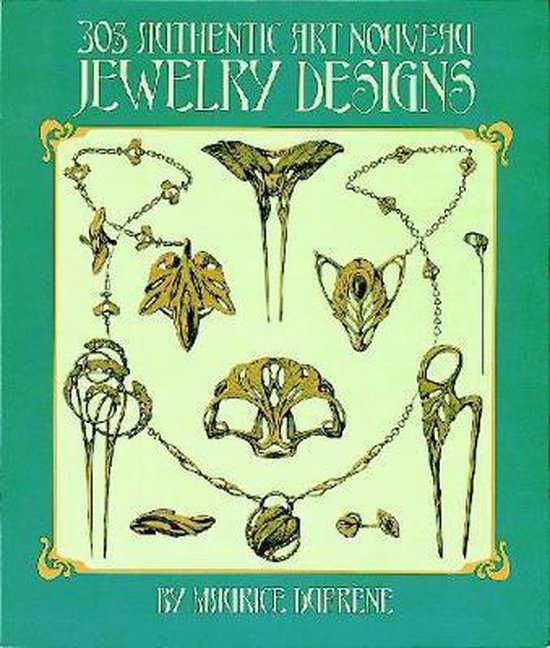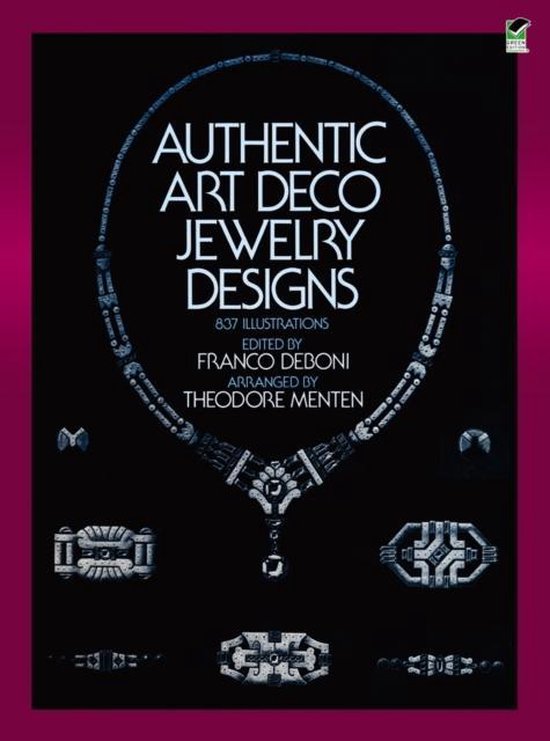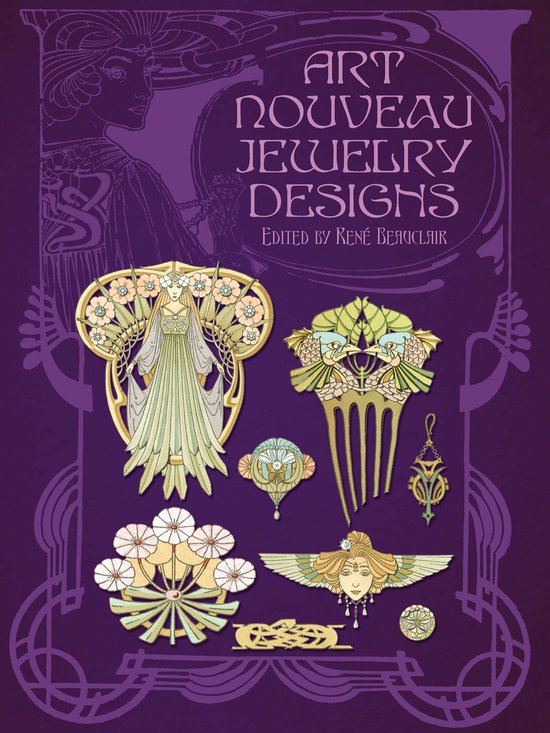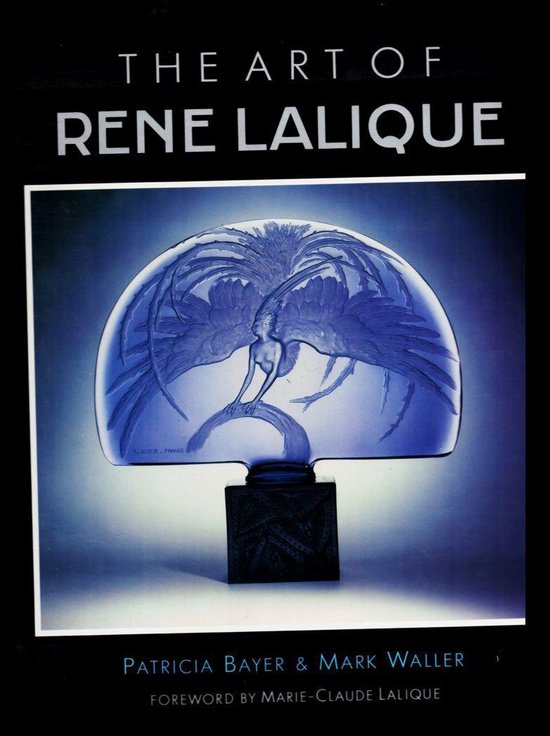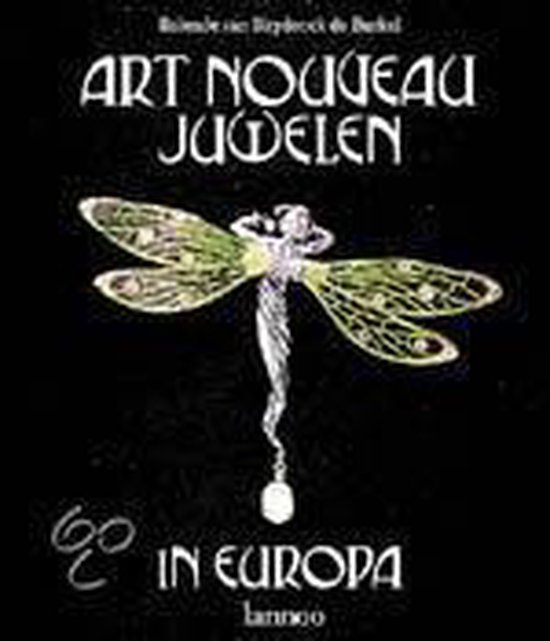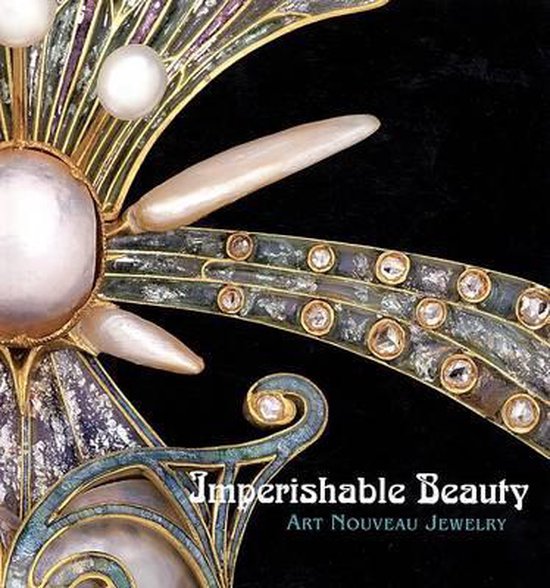
Imperishable Beauty
"A new, imperishable beauty," was how the artist and architect Henry van de Velde described it. European Art Nouveau jewelry of the late nineteenth and early twentieth centuries embraced a new aesthetic characterized by sensuous forms, dramatic imagery and vivid symbolism. Many of the designers associated with the movement sought their inspiration not in traditional jewelry, but in the work of the pre-Raphaelites and Impressionists and in the arts of Japan. Rejecting the rigid naturalism typical of European decorative arts, designers such as Ren Lalique and Henry van de Velde, and the artists of the German Jugenstil and Austrian Wiener Sezession movements, created ornaments that expressed the spirit and freedom of the era. These artists and designers adopted a free-flowing line and asymmetrical format that invigorated their work and set it apart, while their use of natural motifs and of the female form imbued their creations with energy, sensuality and dreamy mysticism. But underlying the undeniable exuberance of these works was a fin-de-sicle edginess that endows this period with inexhaustible fascination.
Illustrating nearly eighty ornaments from a single private collection - the finest of its type in America - Imperishable Beauty features all of the major designers and jewelers from this groundbreaking era. Paintings, prints, posters and textiles fill out the presentation, making this book as rich and intoxicating as the aesthetic it portrays.
Illustrating nearly eighty ornaments from a single private collection - the finest of its type in America - Imperishable Beauty features all of the major designers and jewelers from this groundbreaking era. Paintings, prints, posters and textiles fill out the presentation, making this book as rich and intoxicating as the aesthetic it portrays.
| Auteur | | Yvonne Markowitz |
| Taal | | Engels |
| Type | | Hardcover |
| Categorie | | Kunst & Fotografie |
